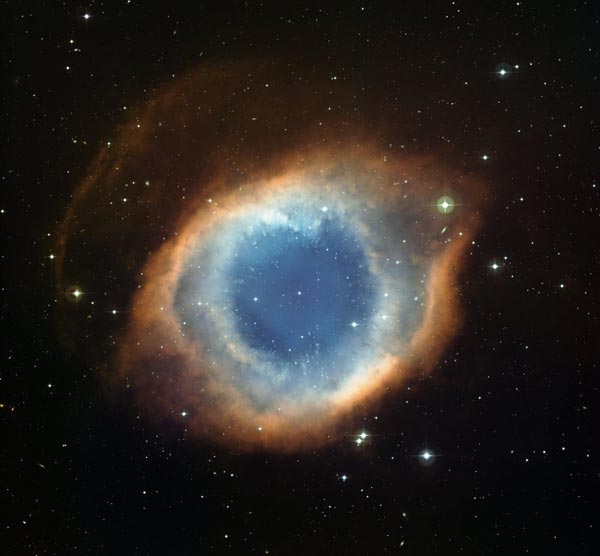AT130 130mm f/6 FPL-53 ED triplet apochromatic refractor
Meade ACF 14" f/8 Advanced Coma-Free
Thanks.


Posted 25 January 2014 - 03:52 PM
Posted 25 January 2014 - 04:00 PM
Posted 25 January 2014 - 05:21 PM
Posted 25 January 2014 - 05:36 PM
Posted 25 January 2014 - 05:51 PM
Posted 25 January 2014 - 06:50 PM
Posted 25 January 2014 - 07:04 PM
Posted 25 January 2014 - 07:40 PM
i hope to hear something about the mirror lock and flop on the meade so i can choose. i am going to make a remote observatory, so i can control everything from in the house, and i do not want to have to go outside to manually adjust it.
Posted 25 January 2014 - 08:06 PM
Posted 25 January 2014 - 08:11 PM
Posted 25 January 2014 - 08:26 PM
thanks john, more great info. so I take that the mirror lock was put on the meade for mirror flop. I am a little disappointed that they changed the design. I thought about the meade electronic micro-focuser that plugs into the base, if I decide to go that route.
Posted 25 January 2014 - 09:06 PM
Posted 25 January 2014 - 10:03 PM
Posted 25 January 2014 - 10:24 PM
Posted 25 January 2014 - 11:54 PM
what's your thoughts of lx600 or the lx850?
Posted 26 January 2014 - 12:35 AM
Posted 26 January 2014 - 01:08 AM
For video astronomy, aperture is king. And since you'll be reducing it anyway, the long focal length of the big Meade will just overpower the refractor. For the conventional, everyday objects, either would be fine, but when you start to poke around more distant, diffuse objects, the brute power of the Meade will be the ticket!
David
Posted 26 January 2014 - 01:45 AM
Posted 26 January 2014 - 02:30 PM
Posted 26 January 2014 - 06:52 PM
Posted 26 January 2014 - 08:42 PM
Posted 26 January 2014 - 10:17 PM
Posted 27 January 2014 - 12:29 AM
Posted 27 January 2014 - 08:23 AM
That's exactly why I chose the AT8IN. You will be happy to know that my MCX2 comes to focus without issue.
In fact, I was considering for a while seeing if I could get a 10" f/3 made. The main reason I didn't get that is time & money. They are not readily available and custom jobs.
Posted 27 January 2014 - 10:25 AM
For video astronomy, aperture is king. And since you'll be reducing it anyway, the long focal length of the big Meade will just overpower the refractor. For the conventional, everyday objects, either would be fine, but when you start to poke around more distant, diffuse objects, the brute power of the Meade will be the ticket!
David
Sorry but no David.
That is a common misconception coming from years of peoples Imaging habits.
With Imaging, Aperture often is King.
With Video, Aperture is NOT.
It can actually work 'against' you.
With Video, 'Focal Length' is the most important factor to keep track of.
If you want to video observe small objects, use a slow scope with a medium to long focal length (often meaning a larger aperture).
If you want a wider FOV use a Focal Reducer.
If you want to video observe very large objects like the Sun, Moon, large Nebula, large Galaxy Clusters and open star clusters, use a short focal length, not a fast focal ratio.
For example, a 12" f5 is fast but is too long (1200mm) in focal length to assist in wide FOV video observing.
Whereas, a 600mm focal length scope will give a much better result, especially when focal reduced to 300-400mm.
The most common scopes to fill this spot is the ED80 refractor and 120mm f5 Achromat Refractors, and SCT's with Hyperstar (but not because of its aperture, but because of its short focal length).
There are also optimised RC scopes that work well because they have been set up for Video work.
They are called 'VRC telescopes'.
The trick is to get the focal length down, not necessarily the aperture up. Video Astronomy cameras are sensitive enough to not be handicapped by less aperture.
 Cloudy Nights LLC Cloudy Nights Sponsor: Astronomics |